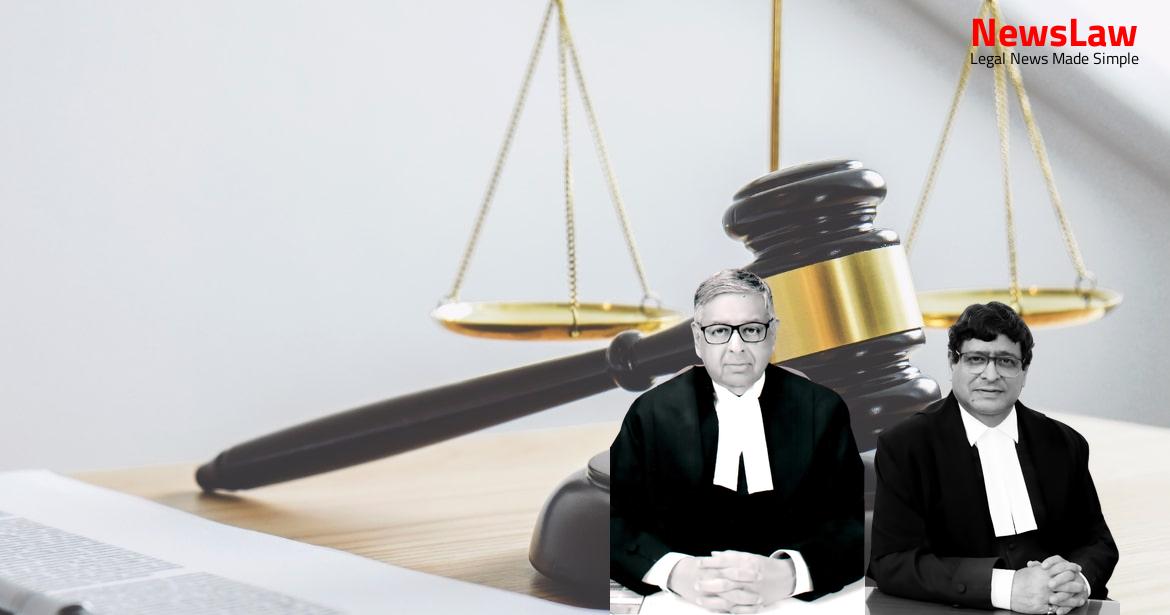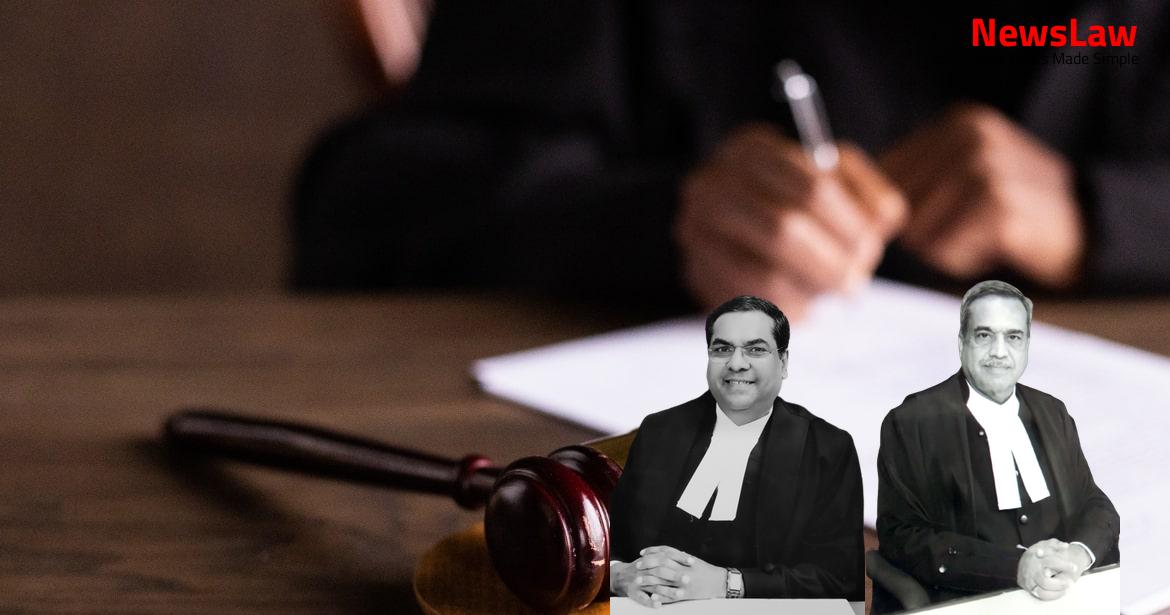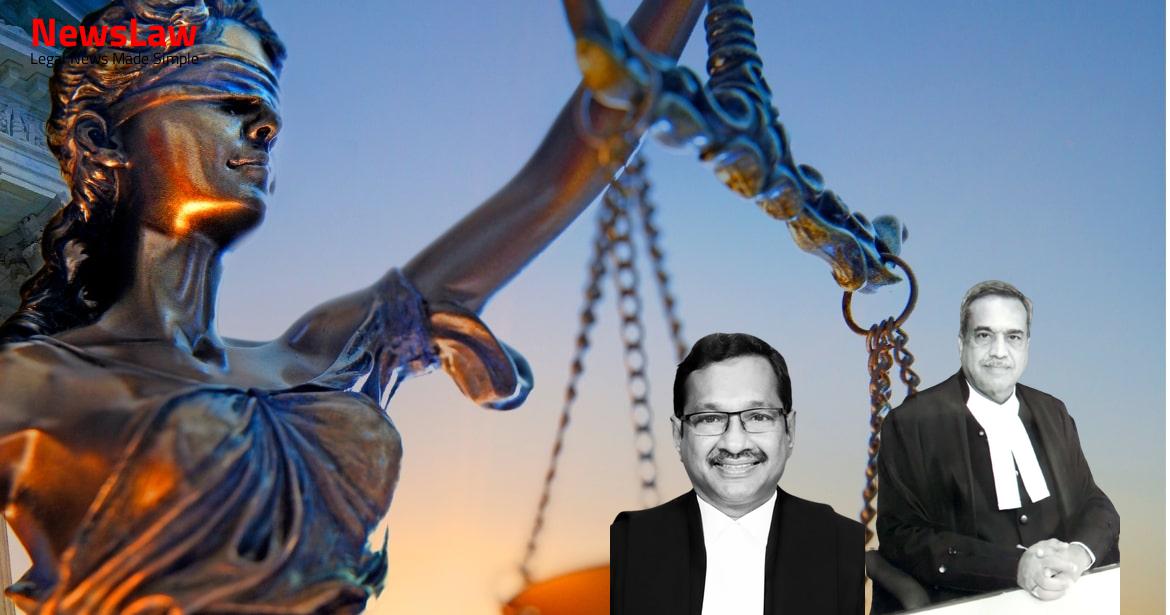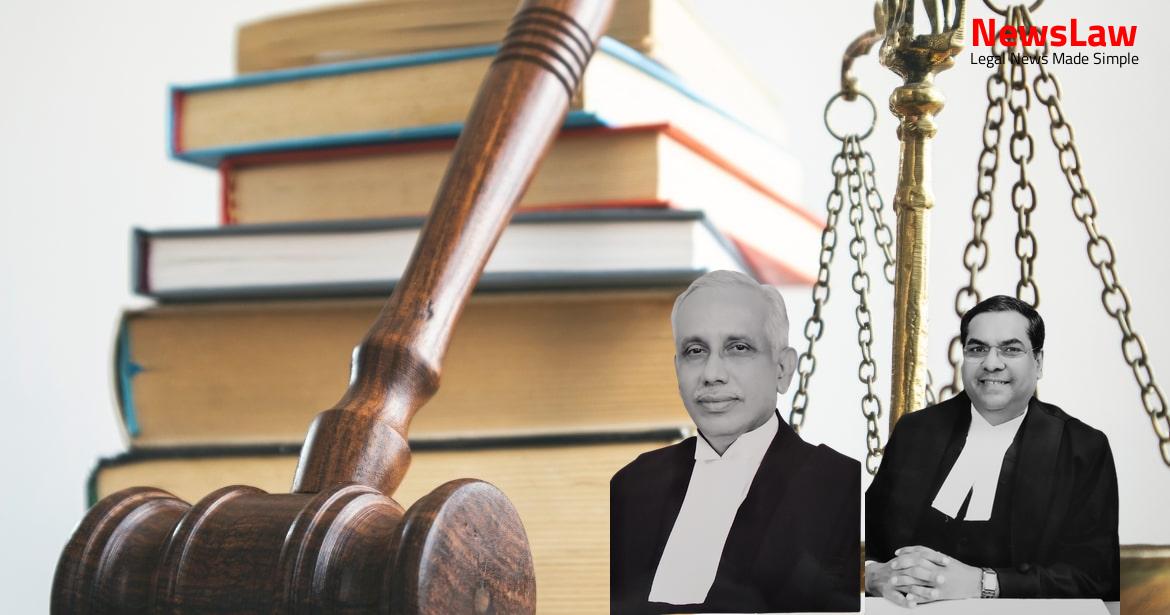As per the Uttar Pradesh Police Radio Service Rules, 1979 (“1979 Rules”), the vacancies in the said posts are required to be filled up 50% through direct recruitment and 50% by promotion from the feeder cadre (in this case Radio Inspectors).
Also Read: https://newslaw.in/case-type/criminal/quashing-of-criminal-complaint-in-commercial-dispute/
In the office report of 15 December 2015 (annexed as A1 to the application), it has however been recorded that service of show-cause notice is complete with respect to respondent no. Sixteen promotee candidates were issued appointment letters on 31 January 1996 out of the forty-three 3 recommended candidates as the remaining twenty-seven selected candidates had attained the age of superannuation or died. In Writ Petition No 10 (SB) of 2000, promotee candidates challenged the same seniority list on the ground that promotee officers were appointed prior to those directly recruited and the directly recruited candidates ought not to be placed above the promotee officers in the combined selection list.
Source of recruitment :- In service the recruitment shall be made on the posts of different categories from the following sources:- Assistant Radio officer: – a) by direct recruitment through the commission; and b) by promotion on the basis of the eligibility of the permanent radio inspectors through the commission; However from both the above sources the recruitment shall be made in such a manner that 50 percent of the post retained by the direct recruitment and 50 percent post by the persons from promotions; (2) Additional State Radio officer:- By promotion on the basis of seniority while rejecting the unsuitability in the permanent Assistant Radio Officers through the commission; However if any suitable person is not available for promotion, then the recruitment can be made from direct recruitment; 5 (3) State Radio officer:- Inspector General of Police Telecom:
By promotion on the basis of the eligibility of the permanent State Audio Officers through the Commission However if any suitable person is not available for promotion, then the recruitment can be made from direct recruitment under Rule 15; 14. If two or more candidate would secure the equal marks, then commission shall keep their names for the services on the basis of the general suitability in the serial of eligibility. 6 22 – Seniority – The seniority of the post on any category of post in the service, would be the same which has been determined since the date of original appointment order and if two or more persons have been appointed, then the same would be determined in the serial, in which their names have been kept in the appointment order. In the facts of this case, the vacancies were relating to different years and vacancies were to be filled up by a common requisition with regard to direct recruits and the promotes, therefore, the selection made by the commission was made in a particular year for vacancies of different years. The other blunder that has been committed is that the names of the superannuated/dead officers were removed from the seniority list and in their place the other promote officers were pushed up, this exercise is absolutely unheard in the service jurisprudence. In the judgment under appeal, however, the Division Bench repelled the challenge to the said seniority list, inter-alia holding:- 8
Also Read: https://newslaw.in/case-type/civil/willful-disobedience-and-rectification-of-court-orders/
“We have given our thoughtful consideration to the aforesaid arguments advanced and the facts on record
The division bench while proceeding to issue directions had observed that Rule 17 and 22 had not been shown to be complied with when the earlier seniority list had been circulated.
Sri Manish Kumar tried to question the correctness of the said placement alleging that as against the direct recruits, the space for year of vacancy has been left as blank without mentioning the year of placement. So far as the seniority list of 2013 is concerned, the main grievance of the appellants is that the direct recruits (who are the private respondents in this appeal) were positioned as per the rota system in 9 the combined list without mentioning the year of vacancies and the promotees in respective vacancies of earlier years were ignored in the process while fixing their seniority.
Seniority where appointments by promotion and direction recruitment.- (1) Where according to the service rules appointments are made both by promotion and by direct recruitment, the seniority of persons appointed shall, subject to the provisions of the following sub-rules, be determined from the date of the order of their substantive appointments, and if two or more persons are appointed together, in the order in which their names are arranged in the appointment order: Provided that if the appointment order specifies a particular back date, with effect from which a person is substantively 10 appointed, that date will be deemed to be the date of order of substantive appointment and, in other cases, it will mean of issuance of the order: Provided further that a candidate recruited directly may lose his seniority, if he fails to join without valid reasons, when vacancy is offered to him the decision of the appointing authority as to the validity of reasons, shall be final.
(3) Where appointments are made both by promotion and direct recruitment on the result of any one selection the seniority of promotes vis–vis direct recruits shall be determined in a cyclic order (the first being a promotee) so far as may be, in accordance with the quota prescribed for the two sources.
Direct recruits and so on: Provided that- (i) Where appointment from any source are made in excess of the prescribed quota, the persons appointed in excess of the prescribed quota, the persons appointed in excess of quota shall be pushed down, for seniority, to subsequent year or years in which there are vacancies in accordance with the quota; (ii) Where appointments from any source fall short of the prescribed quota and appointment against such unfilled 11 vacancies are made in subsequent year or years, the persons so appointed shall not get seniority of any earlier year but shall get the seniority of the year in which their appointments, are made, so however, that their names shall be placed at the top followed by the names, in the cyclic order of the other appointees; (iii) Where, in accordance with the service rules the unfilled vacancies from any source could, in the circumstances mentioned in the relevant service rules be filled from the other sources and appointment in excess of quota are so made, the persons so appointed shall get the seniority of that very year as if they are appointed against the vacancies of their quota.” Appellants have also argued against inclusion of the names of expired or superannuated persons in the selection list. Their contention is that the names of the dead or superannuated persons ought not to have been included at all in the selection list and those promotee officers with seniority ranking lower than them ought to have been pushed up and accommodated in the position allocated to the dead or superannuated officers. Simply stated, the High Court was of the opinion that promotees had to be treated as occupying posts in excess of the quota allocated to them, on an application of the 1986 OM. In the present case this aspect has been addressed by the Division Bench in the judgment delivered on 12 September 2012. We find from the judgment delivered in the year 2012 that while the Division Bench found issue of appointment orders to the two categories of candidates before preparation of selection list to be contrary to law, the appointment orders themselves were not quashed. In the 1979 Rules also, selection list is to be prepared as per Rule 17 whereas seniority is to be determined in terms of Rule 22.
Case Title: SUSHIL PANDEY Vs. THE STATE OF UTTAR PRADESH THR PRINCIPAL SECRETARY (HOME) (2023 INSC 40)
Case Number: C.A. No.-001838-001838 / 2018



